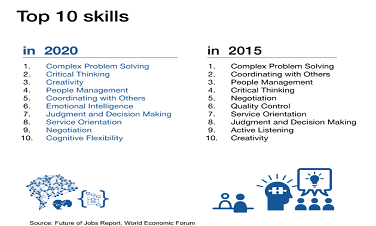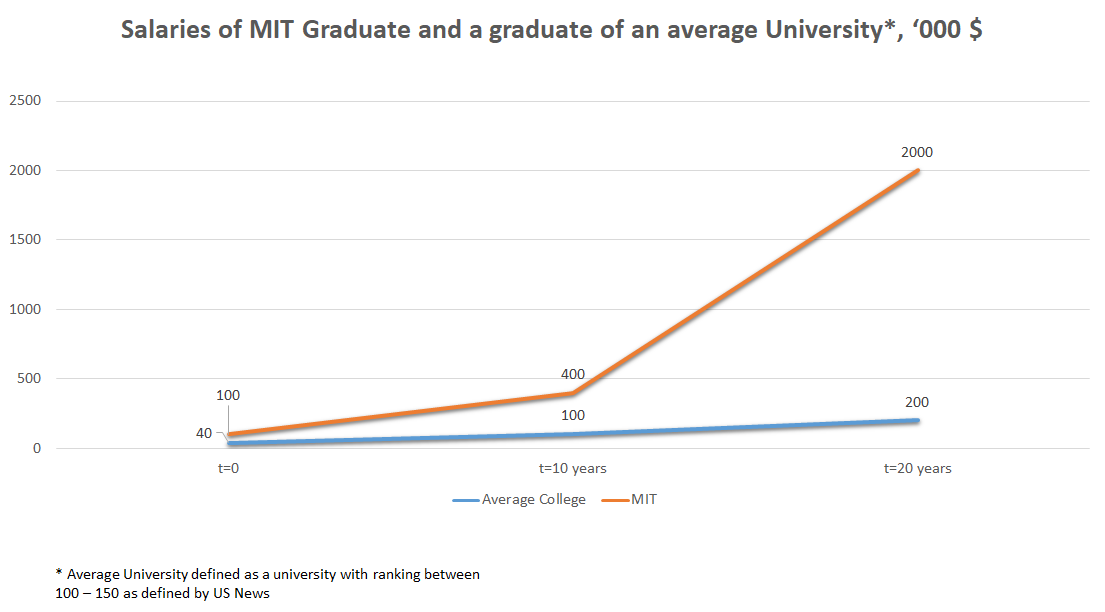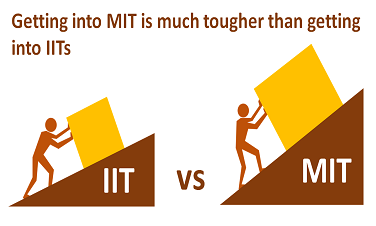How to fill the activity section of the Common App?
- Written by UnivAdmitHelp
- Category: Admission Application
- Published on 22 Mar 2018
Prospective undergraduate applicants to US face a daunting task of filling up many centralized application systems such as Common App, Coalition App, Illinois App, etc. or individual applications to universities which have their own system (MIT for instance). All of these application systems have a section which talks about ‘activities that you want to report’ section. Filling it can be a little tricky for first time applicants. We shall chalk out some important points which you may want to bear in mind as you fill up this section.
1. How many activities to report?
You should report all relevant activities which can be put in the available limit. The key points in this advisory are ‘relevant’ and ‘limit.’ CommonApp, for instance, allows you to report up-to 10 activities. If you have enough activities that are contributing to your narrative and are aligned with the profile that you are projecting, feel free to report in all ten activities. Do not, however, report activities which are ‘fillers’ and are not contributing to your overall narrative.
Most successful students to hyper-competitive universities (GeorgiaTech, Cornell, UPenn, etc.) report in all 10 activities. This is especially true for a highly represented demographic like Indians, Chinese and South Koreans. However reporting activities in the range of 7-8 is fairly common. Remember, the quality of your activities is a more important determinant of your selection rather than the quantity.
2. How far should I go back in reporting activities?
In Common App there is a general guidance that activities which have been undertaken from grade IX onwards, should be reported. That is something that we recommend as well! There is no definitive view that you should report more recent or older activities. Each activity that you report has a contribution to your narrative and should be looked at individually. Older activities tend to focus upon things that you have been doing for long and exhibit continuity. More recent activities give a current picture of your personality and as such are considered important. In general, we do see that activities which are reported from grade IX onwards and are still continuing tend to follow an upward trajectory – Called as Continual Activities(For example, you have continued to play football but have moved from district level to nationals over the last 3 years). More recent activities tend to be more concentrated in nature like winner of a national quiz/ etc. (Called as Burst Activities)
Focus on your narrative and align your activities to that. Most successful applications typically have 2-3 anchor activities that are Continual Activities. In general, we don’t advise more than 3 continual activities unless your narrative supports that strongly. Rest others tend to be burst activities or are of intermediary nature like internships, hobbies, etc. Remember, that burst activities can also be supporting in nature and supplement a major Continual Activity. For instance, an interest in Robotics over 3 years can be supplemented by national/ international awards, or an internship in a Robotics company or a short workshop in the same field.
3. Which activities should figure in my application?
You have a fair amount of flexibility in reporting your activities. Students report awards, internships, workshop and summer school participation, hobbies and interests across sports, academics, co and extra-curricular activities, causes they care about, etc. While there are no specific guidance on activities that you should report, we recommend a few important dimensions –
Weight:
An activity performed at international level involving selective process carry weight and should be preferred. Likewise, national and state level activities are extremely important and carry a lot of weight. The key here is to understand that these activities are ‘selective’ which in turns determine the relative weights of the specific activity. A word of caution in reporting weights – please explain the selection criterion – US admissions committee may not intuitively understand thesystems of your local schools or countries. Make sure that you call that out. For example, if you are an NTSE scholar from India – that might not be straight away apparent to a US admission decision maker. Explain the exam, the level that it is conducted on, typical selection rates and theprestige associated with the said scholarship.
A sub-point here is regarding summer schools and international workshops. A lot of students tell us that they are keen in pursuing summer camps at schools like Stanford, MIT or others. Sometimes these workshops are organized by the school itself; more often though by private players. These workshops would carry a lot of weight if the respective programs are selective. The one’s which are not selective (which most of these are) would not carry a lot of weight apart from general exposure that you would get in attending such a workshop.
Duration and Continuity:
You can communicate passion and commitment towards a particular activity by showing that you have been at it for a while. In general activities that have been done for a longer period of time tend to carry a higher weight and generate greater impact. However, do not categorize all activities as having been done since grade IX – you would like to pick out activities which you have genuinely done and are passionate about. In general, for such continual activities, you would have a few supplementary burst as well. A case in point was a student who was passionate about Computer Games and had played those for at least 10 hours/ every week for the last 10 years. This activity was an anchor activity for him, and he focused on building it out in exquisite detail in his entire narrative – 1 continual activity, 2 burst activities and part of his Common App essay was around his passion for gaming. He got into UWash and VirginiaTech along with Cornell and a bunch of other top US universities.
We would like to warn students to resist the temptation to over-report in this particular class of activities. Over-reporting can happen either in number or duration. Again, remember that activities reported in this section tend to be your application anchors. You cannot have too many of them. Also, while it may be possible to extend a hobby that you have recently cultivated to cover more number of years without you being caught for that (!), you may like to test how it would land of an assessor. ‘Too much’ may give your narrative an artificial flavor that you may like to avoid.
Trajectory
Activities which see an upward trajectory showcase that you have worked in a certain field and have progressively become better at it. This generally shows commitment and is extremely valued. If you start out playing flute in a local school and over time have gone to perform at state or national level, then it is an extremely valued activity (so long as it is aligned to your narrative.) Make sure that for such activities, you indicate that you intend to follow these during your undergraduate studies as well. The beautiful thing with trajectory is that it also allows you to showcase effort even earlier than your grade IX. Called as ‘Gap start’ of ‘continual activities’, it allows you to showcase even greater commitment than what is provided in the format of Common App. For instance, you report a game that you have played for all through grade IX, X, XI and XII. You may have started at district level and through these 4 years show a progression to national/ or international level. This clearly proves that you have been playing that sport for a period of time much longer than the 4 years that you are showing in the activity section. This, along with other supporting elements including ‘Recruiting’ Videos (specifically for sports enthusiasts), it becomes a very powerful tool for your admission application.
Alignment
This is the most important element of your activities section. Related to pretty much all the sub-points in this section, it means that your activities (and so should your entire application) should be aligned together. This alignment could be around multiple pivots which are reflective of what you have done in the past and what you want to do in the future. Eventually all of this fall through one singular story-line and all different activities should contribute to the overall narrative. As an example, if you are showcasing a ‘jack of all’ profile you may want to showcase different kind of activities that you have done. All your 10 activities in such a narrative could be very different. On the other hand if you are building a narrative based on ‘environment conservation’ then you may want to call out activities related to 2 – 3 anchor themes around love for animals (blogs that you have written), conservation societies that you a part of, and supplementary burst activities which achieved a certain environment-conservation objective.
Remember that your narrative is the focal point of your entire application. Rather than deciding it ex-post-facto, it is always a good idea to build it out upfront and then add relevant details which support it.
Variety
Variety does not automatically add to your narrative. Choose the profile that you want to communicate and tailor the activities according to the narrative that you have built. Demonstrating ‘too many’ spikes may seem contrived (unless specifically called out as a part of your narrative) and does not usually contribute to your selection chances. As an example, for a student who built out a narrative based on problem-solving, he showed activities which were based on ‘empathy,’ his abilities in Maths and Physics; choosing participation in ‘Kumon’ mathematics at level ‘N’ and ‘O’ over a state level cricket team selection. Given his selection across many top-10 US universities, we are sure that he made the right choices in his ‘Activities’ section. We are not saying that do not showcase ‘variety’ in your profile. We are simply stating that ‘variety’ which contributes to your narrative is extremely useful and should be focused upon rather than putting down various activities just for the sake of ‘variety.’
4. What is the format of reporting these activities?
The activity reporting follows a fairly simple and intuitive format. Common App asks you to report hours/ week and total weeks/ year for every activity that you report.
Remember to pull in all your activities in a spreadsheet and calculate the total number of hours that you have spent on ‘activities’ for each of the year. We have seen unnatural numbers like 1500 hours spent on activities in a year. (Assuming that you were doing an activity for 4 hours every day, 1500 hours translate into 375 days in a year!). Usually all activities put together in a year rarely exceed 1000 hours with anchor activities accounting for over 50% of total time. In general, though, the time spent in activities is between 100 – 500 hrs. (You also have a life outside the activities that you report!!) This number can creep upward as you move from grade IX through to grade XII indicating that you are getting more serious towards your application. (Which is alright!) Also remember, that you might be reporting just for a few months for your grade XII if you are applying by Oct/ Nov. Your hours on activities should reflect that.
5. How should I report grade XII activities?
There are a couple of problems that people face when reporting grade XII activities – 1. Grade XII reporting is for a much shorter duration and 2. Some activities may fall off due to the time that you devote on your application preparation. Other, not-so-obvious problem is ‘exhibitionist’ tendency which tends to give your narrative an artificial flavor and it seems that a particular activity has been done only for the purpose of the application – this tends to get pronounced with grade XII reporting.
Again, being genuine and ‘aligned to your narrative’ help and should be the ultimate yardstick in determining your reporting of activities. Typical grade XII activities rarely cross 200 hours given the fact that you would be taking a few exams like SAT/ACT apart from preparing for your school-leaving exams. If you think that you are not reporting enough activities from grade XII, it is alright – many students end up reporting just 1 activity in grade XII (sometimes not even that) apart from the continual activities. Some activities that you have been doing for a while may also discontinue – that is perfectly alright and you will not be penalized for that. Be careful to watch out for the ‘exhibitionist’ tendency specifically for grade XII activities – you may want to steer clear of activities which are off-narrative and seem to be contrived and specifically done for the sake ofapplication preparation.
Given the fact that most people take major national exams in grade X and grade XII, most of the activities end up from grade XI followed closely by grade IX. Again, there is no hard and fast answer as to what is the right recipe. Like I have said many times in this article, being genuine and sticking to your narrative are the key strategies to make sure that your activities section stands out and contributes to your admission application. All the best!
Other Related Blogs
Who should I get my References from?
Prepare a Bucket List of Programs
Different Sections of the SOP (1 of 3)
Recent Posts
-
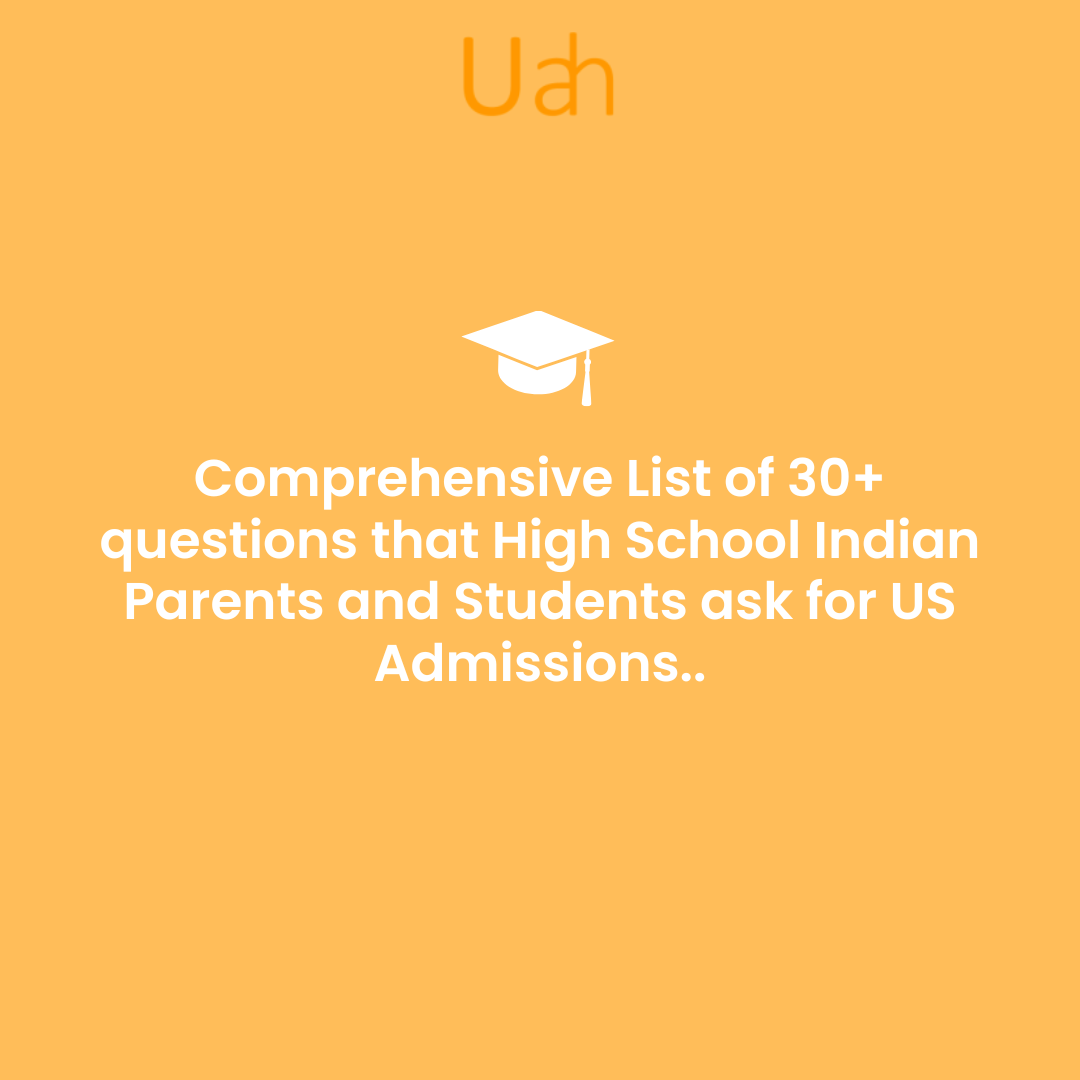
Comprehensive List of 30+ questions that High School Indian Parents and Students ask for US Admissions..
-
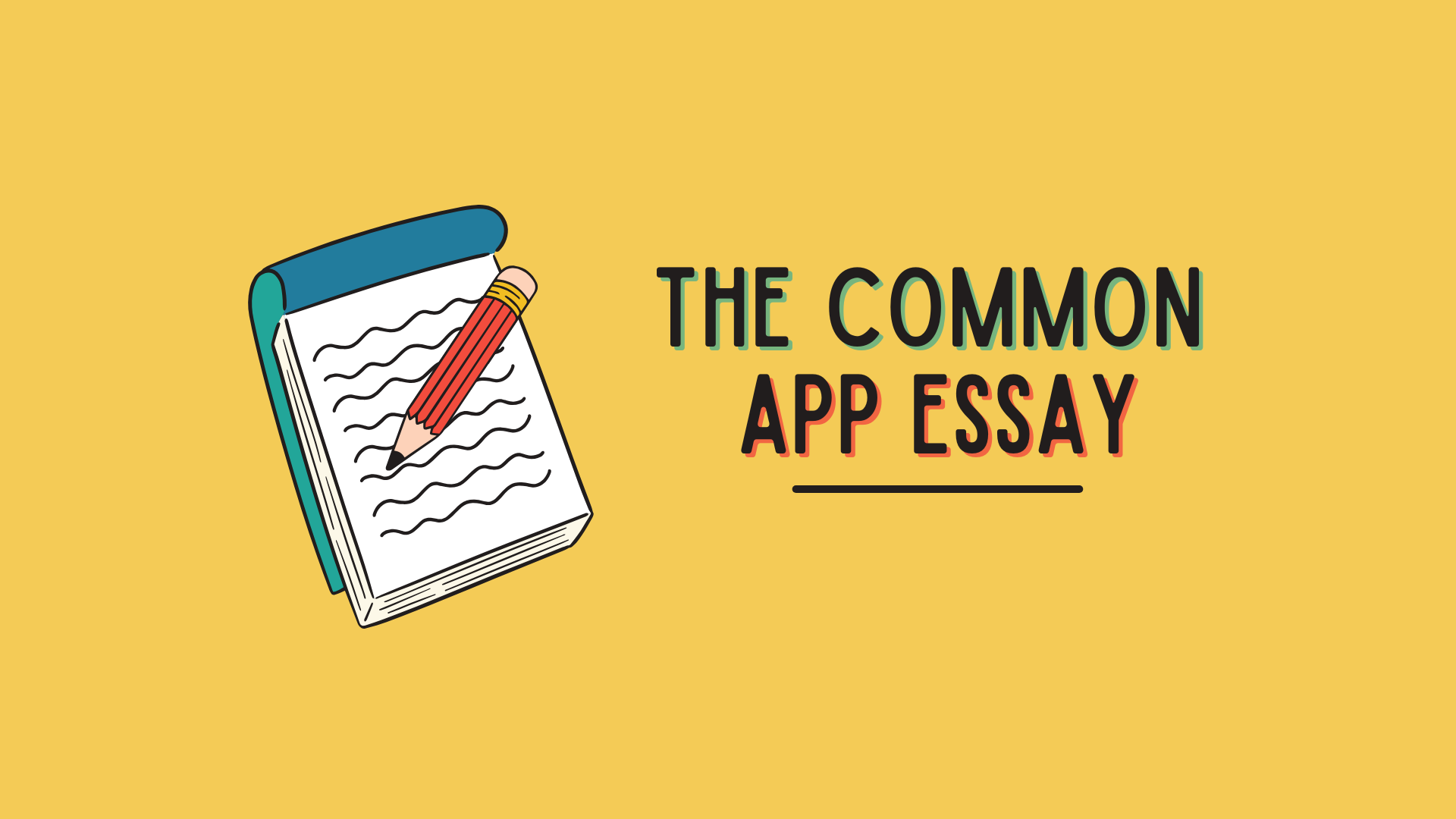
Common App Essay Tips 2025
-
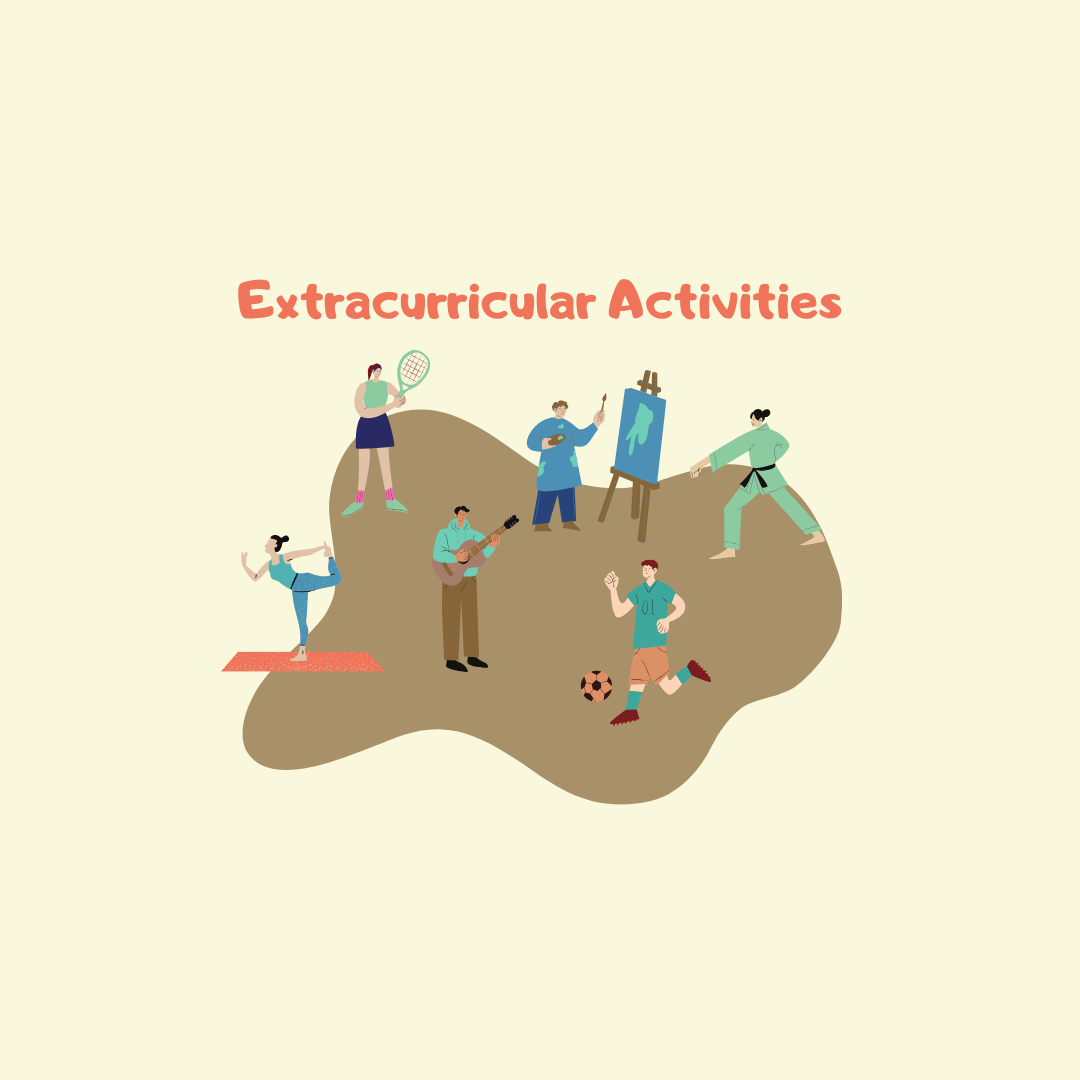
Best extra-curricular activities for college admission for Indian students
-

How Many Universities Should You Apply To? Expert Tips for U.S. and U.K. Admissions for Indian Students
-

Step-by-Step Guide to Creating an Exceptional Capstone Project for Indian Students


